Reflections on the 2024 ISM + PHSA Education Conference and Expo
Each year, the American Public Human Services Association (APHSA) hosts the nation’s largest human services technology and legal conference. This year, the conference was attended by an impressive number of county, state, and federal leaders of human services agencies as well as professionals from industry-leading companies in tech, and the theme of the conference asked participants to consider the future of innovation and compliance in human services.
As a regular conference attendee, presenter, and platinum sponsor, Change & Innovation Agency (C!A) is pleased to share a few of the insights we gathered from the 2024 ISM + PHSA conference held in Aurora, Colorado.
First, among human services professionals, there is considerable demand for new and innovative technology, but obtaining such technology within agencies still often proves difficult. Human services professionals are tasked with an incredible amount of work, and the need for new technology to help effectively accomplish all that work is an increasingly regular point of conversation within and across agencies. However, the difficulties professionals face obtaining new technology are also a common point of discussion. These difficulties indicate that the increasing interest among professionals isn’t currently reflected in the human services technology market, which could be due to several factors: lack of agency budget or infrastructure for technology adoptions; regulatory, compliance, or risk concerns; the perception of product fit or availability; a delay in market shift; or, most likely, some combination of all these. Importantly, this current gap between professional interest and market activity points to an area of immense opportunity in terms of research, policy and process change, and product development and procurement – one that has great potential for the future of human services.
Second, implementing new technology isn’t an easy or guaranteed success. At the ISM+ PHSA conference, participants shared multiple stories of failed legacy system replacements, which generally cost agencies a considerable amount of time and resources and often require repeating the system replacement process. Experiences like these highlight the complexities and risks associated with implementing new human services technologies and provide insight into why agencies may hesitate to procure such technologies. However, these experiences also reflect – and contribute to – the current state of growth and development within human services innovation, as they help agencies crystallize technology goals and needs and provide agencies with critical insights into the technology adoption process. Because of this, sharing and understanding these experiences is an important step in advancing technology within human services.
Third, the development of technology in human services benefits from a paired focus on process improvements – but this paired focus isn’t yet consistently reflected in technology discussions and adoptions. The goal of human services programs hasn’t changed: agencies want to help their clients access the services they need when they need them, and this requires ongoing attention to process improvements in addition to technology adoptions and advancements. When agencies add technology on top of existing processes without first assessing how well those processes work, they risk automating inefficiencies and redundancies. With this in mind, C!A presented a conference session focused on innovating processes to improve outcomes within eligibility systems both with and without incorporating technology changes.
We explored common challenges within eligibility systems, the root causes of those challenges, and what a path forward focused on visibility might look like, with a goal of 80% of applicants receiving an eligibility decision within 30 minutes regardless of the contact point (phone, in person, or online). We also invited a panel of guest speakers from three states we’ve worked with – Oklahoma, Missouri, and Wyoming – to discuss and explore how agencies in those states have improved outcomes to eligibility systems with and without technology adoptions. Our session was widely attended, indicating keen interest in the interplay between both process- and technology-based improvements. It also highlighted that, for many agencies and professionals, not all discussions around technology advancements currently include or invite a process improvement component, and the reinvigoration that can happen to the conversation when such a component is included.
As we look to the future of innovation in human services, it’s important that changes continue to be centered around core program goals, exploring not just how technology can support existing agency processes, but also, and more importantly, how improved technology and processes can help agencies better help others. So, instead of asking conference participants which existing processes they thought technology could help improve or what their greatest technology needs were, we asked participants a different, more timeless question:
If you started an agency from scratch tomorrow, how would you do it?
In our experience, this question opens the door to conversations about transformational change – change that draws on the knowledge of professionals and their realities; centers the core mission of helping citizens and families access important services quickly, without imposing unnecessary red tape or complex process steps; and invites innovation in both process and technology development for improved service delivery.
Many of the lessons from this year’s conference were universal: change and innovation are best accomplished by starting where we’re at, keeping the core goals of human services agencies in focus, and continuing to optimize processes as we enhance our tools to better accomplish those core goals. This year’s conference also highlighted the need to explore the gap between professional interest and market demand for human services technology and the importance of inviting insights on process change into technology discussions. It was a space where numerous valuable experiences in technology adoptions were shared, offering important insights into the future of supporting thriving communities built on human potential.
Click here to access videos of C!A presentations and webinars.








